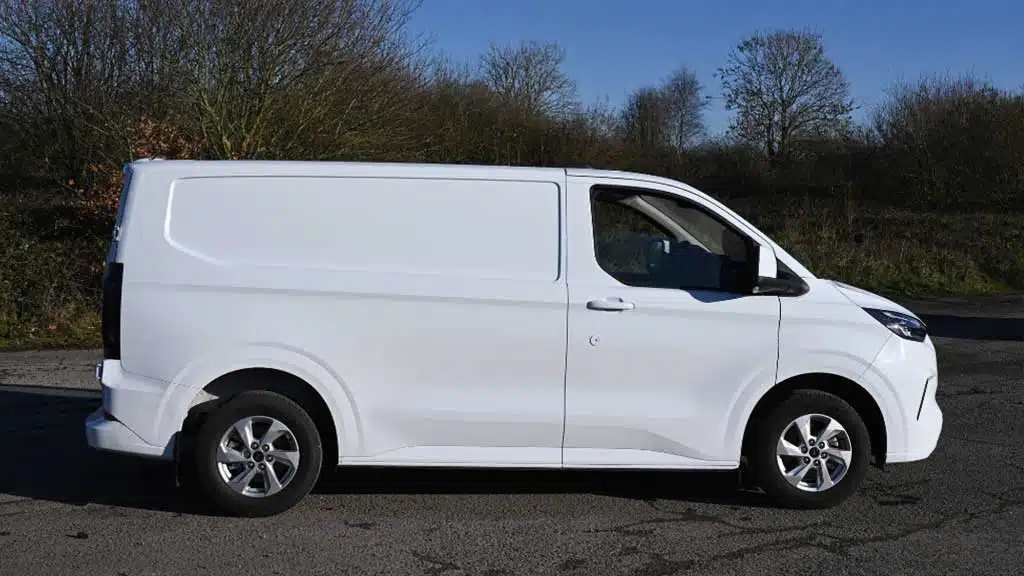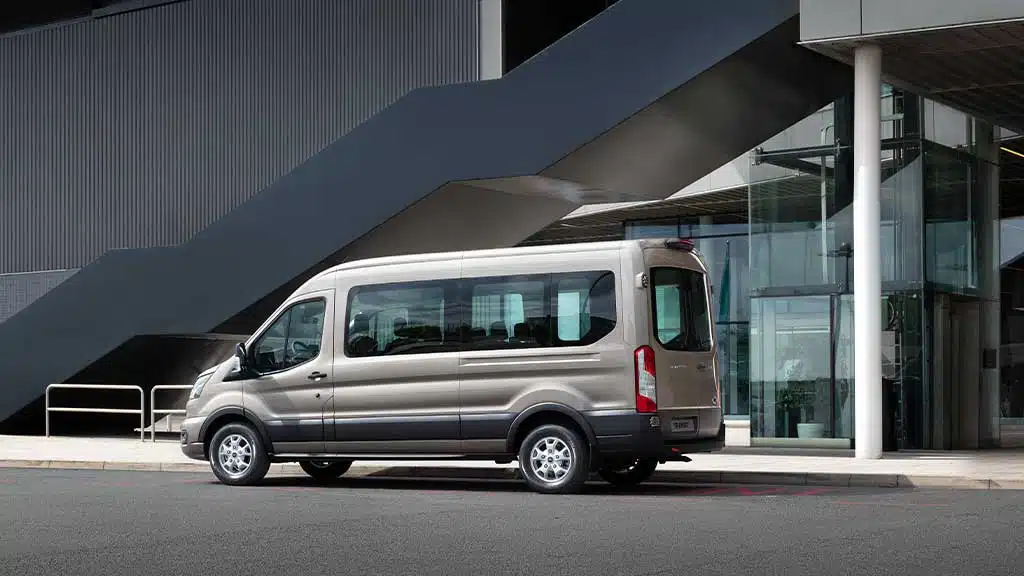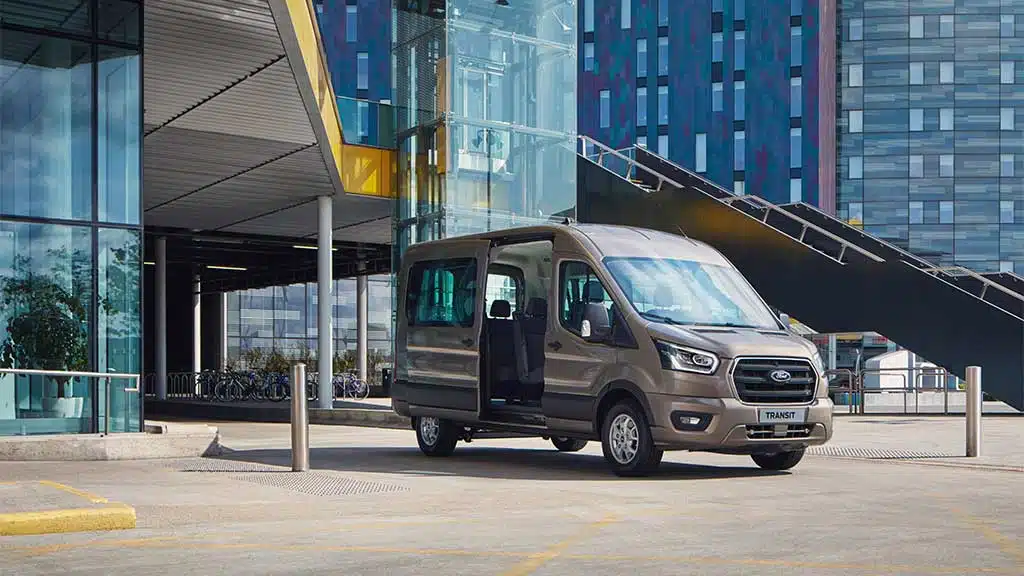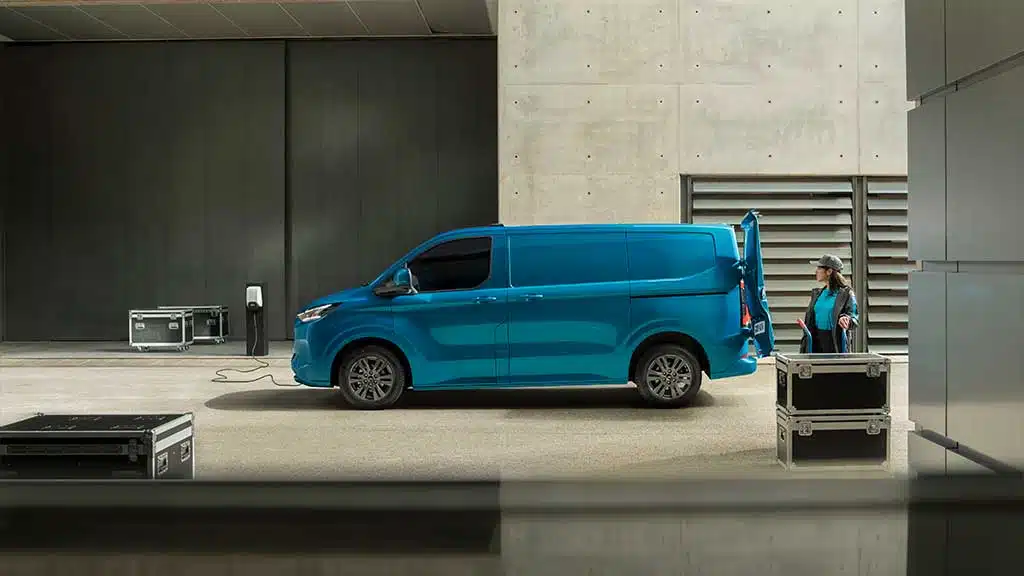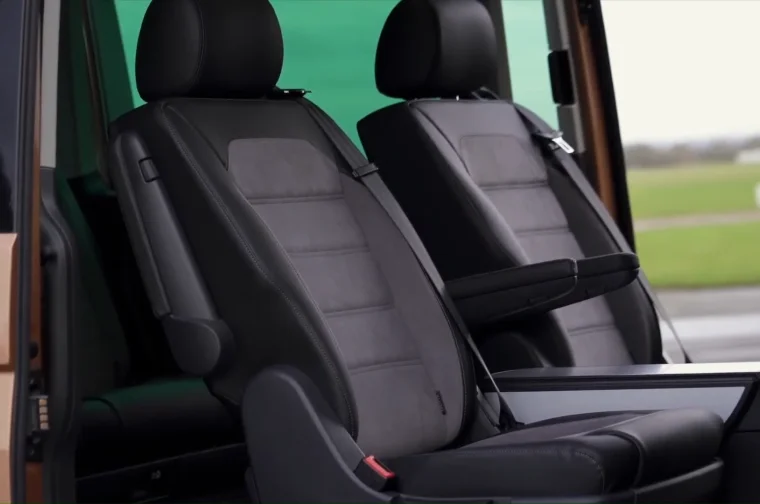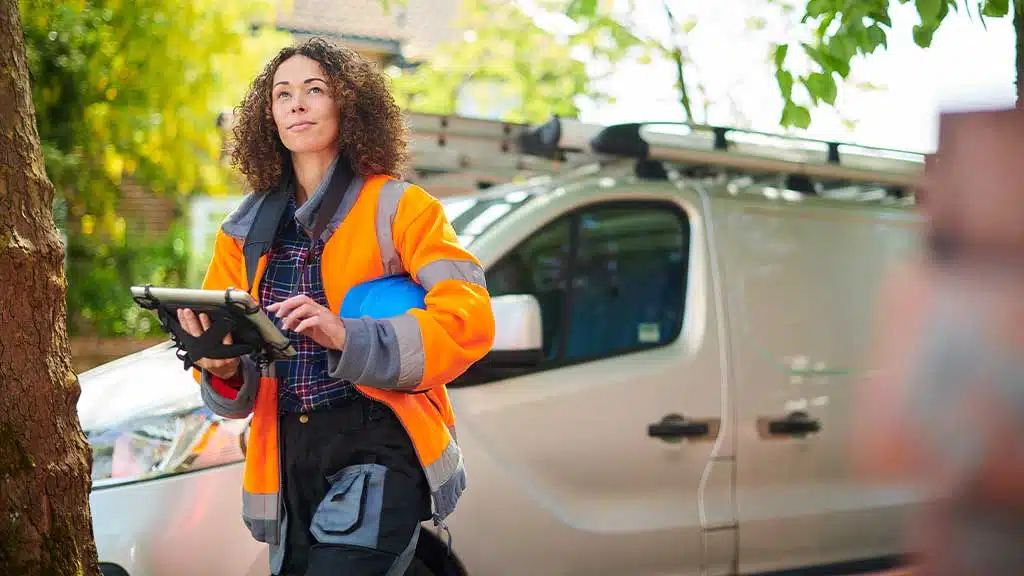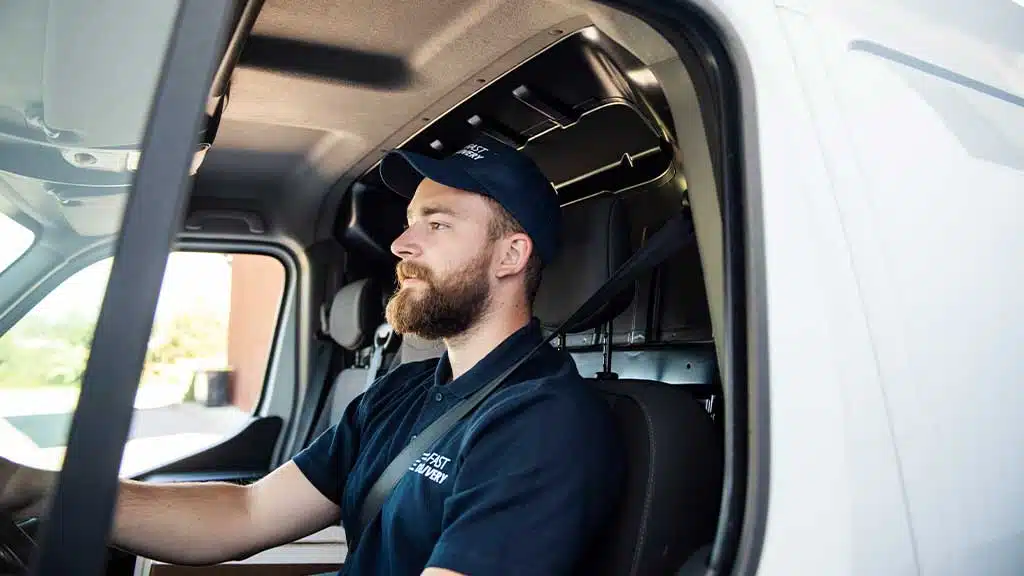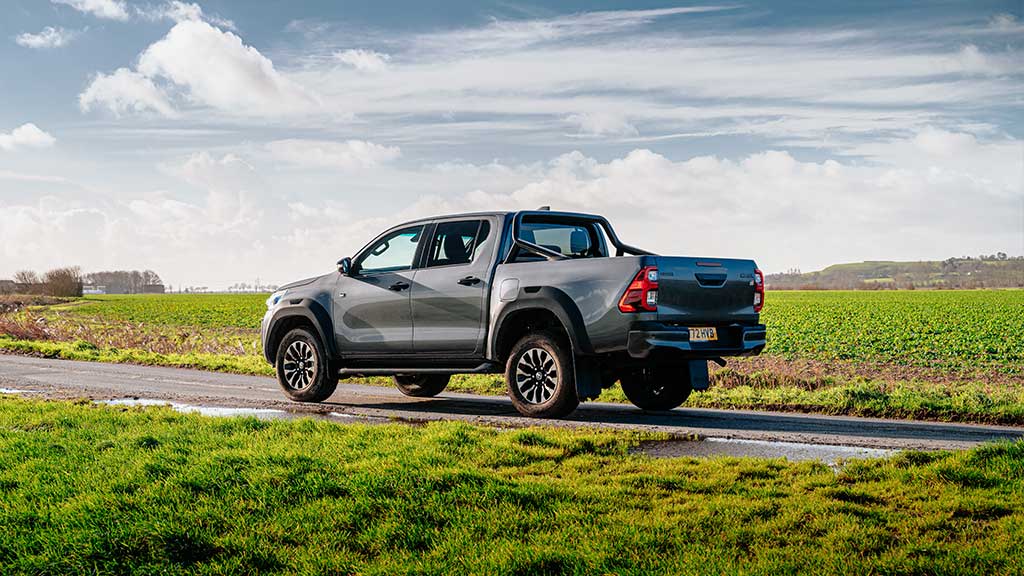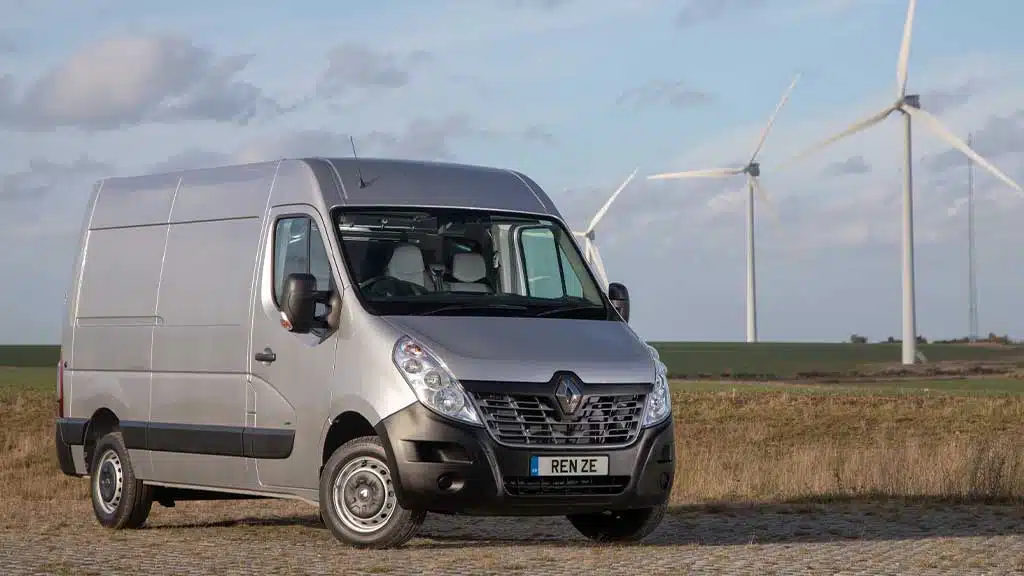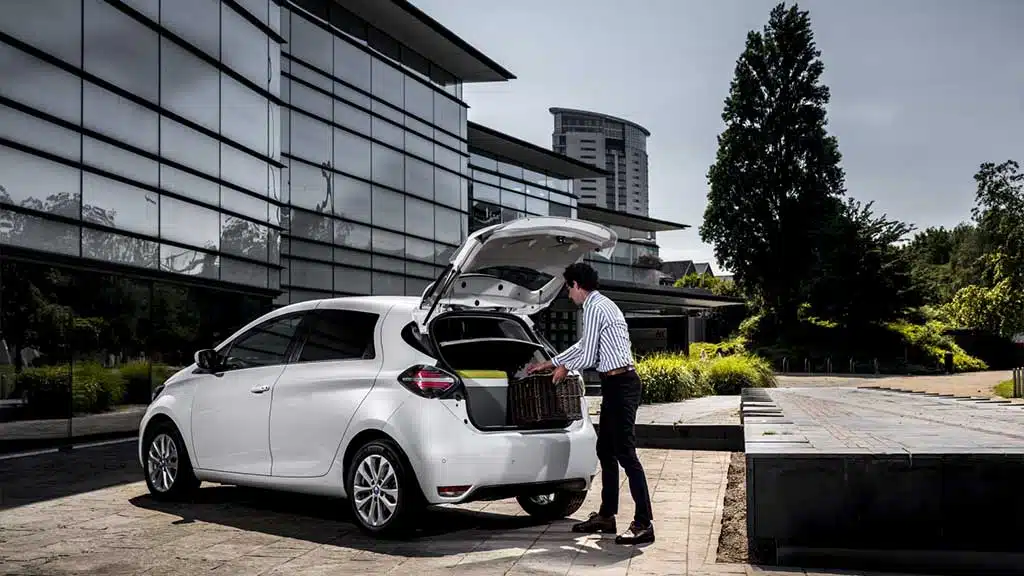Is there a penalty for having passengers in the back of a van in the UK? That’s the question that you would worry about if planning to carry people in the back of your van. It could be your team of handymen or family members on a trip. It’s crucial to understand the legality to ride in the back of a van before carrying anyone.
Passengers’ safety should always be a high priority. As such, there are regulations in place to ensure their protection. Read on to find out whether there are penalties for passengers onboard the back of a van. We’ll also highlight what you can do to mitigate the hefty fines if there are any.
Legal Requirements and Safety Regulations
According to the government of the UK, no specific regulation has been set to cover the use of vans to carry passengers. That means you can have passengers in the back of your van. But still, you’ll be bound to follow Regulations 1986 (SI 1986 No. 1078) of Regulation 100 of The Road Vehicles governing construction and use.
Under this regulation, you’re at liberty to have passengers at the back of your van as long as you adhere to certain requirements:
a) Condition of the vehicle
The van in question together with all parts and accessories should be in stable condition and pose no dangers to passengers or other road users. That means if you want passengers to sit in the back of a van UK, the vehicle conversion should not cause any sort of danger.
b) Safety of passengers
The condition in which the passengers are carried, together with their number, should not pose risks or cause danger of any sort. That means the passengers must be seated with their safety belts fastened.
Perhaps you might be thinking, “What if the van has grab bars but no seat belts?” some people may argue that since busses are fitted with grab bars without seat belts, vans too can do so. But you need to consider the speed of a bus is much lower than that of a van.
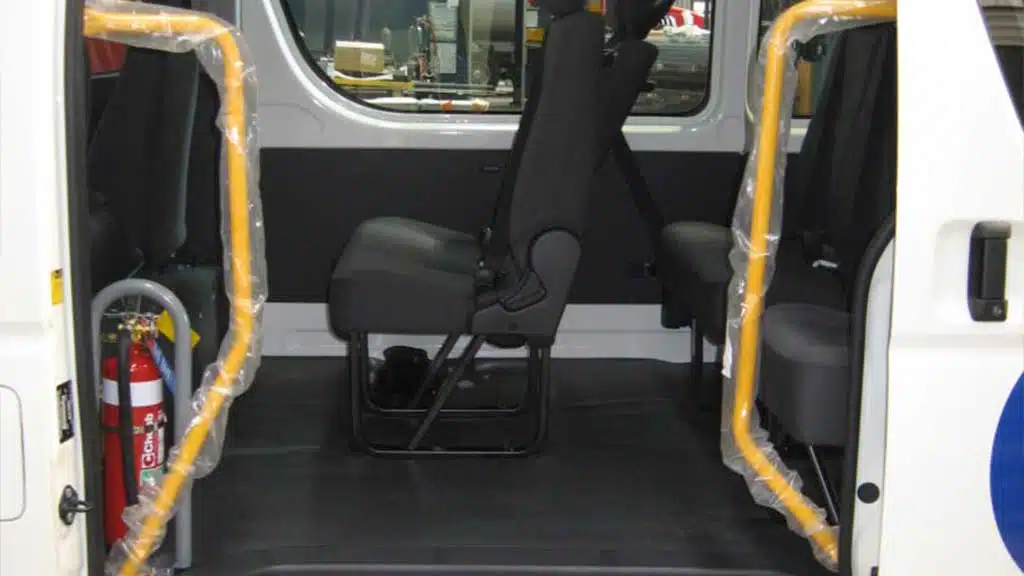
The absence of seat belts on a bus is most likely a convenience or practical issue. Plus, buses are driven at lower speeds than vans. Having grab bars between the seats and the ceiling may sound like a good excuse for carrying passengers. But again, you’re not sure how police may interpret this regulation. Generally, having grab bars does not alleviate seat belts requirement. So, it’s better to be safer than sorry.
Before converting a van to carry passengers in the rear, you need to check with your insurer to be certain that it’s acceptable.
c) Weight distribution
Will you be carrying goods alongside the passengers in the back of your van? If yes, then the packing, weight distribution, and the vehicle’s load adjustment should not pose any safety risks. The onboarded passengers should be safely restrained with seat belts at all times, even if carrying goods.
Without seat belts, you could attract a penalty for having passengers in the back of a van in the UK. If you have additional seats, they should be securely fitted to restrain passengers in case an accident happens.
Are Seat Belts on a Van’s Rear a Legal Requirement?
You’re not required by law to fit seatbelts in the back of your van. But again, the safety of the passengers is paramount when carried at the back of a van. And seatbelts are prerequisites for protection. So, this makes them a requirement in the rear of a van, though indirectly.
The law on seatbelts in the back of a van is indirect, even though statistics have shown that about 30% of deaths in 2021 were from non-compliant passengers. That is why a police officer would take action on a van with passengers in the rear without seatbelts.
Still on seatbelt requirements, if you’ll be carrying children younger than 12 years, you’re bound to follow the seatbelt regulations. The regulations demand young children to wear child restraints every time they’re carried at the back of a van.
What type of seatbelts are the best for the rear of a van?
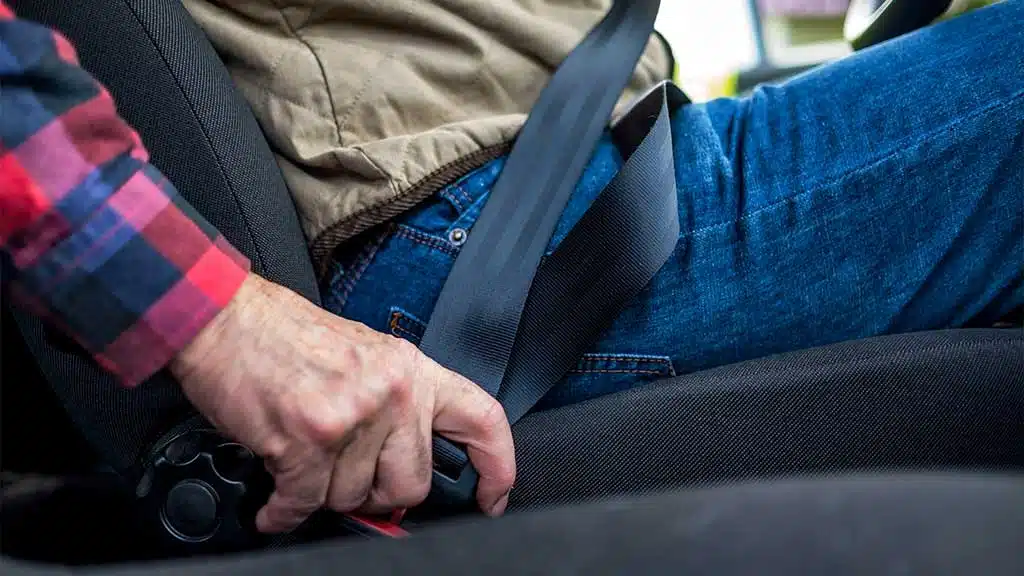
The passengers in the back of a van law require that the fitted seatbelts are compliant with the most recent UK or European standards. They should bear appropriate marks, which include “e”, “E” or the BS “Kitemark”.
Other than that, your seatbelts should have sturdy anchorage points to withstand high forward jerk force during an impact. Ensure that when adding seats to a van DVLA, it is done professionally by a qualified person.
What are the requirements for installing side-facing seats?
Wondering what is the side-facing seat law UK to adhere to? Again, there is no specific law on this. However, the best advice to follow is that which maximises the safety of the passengers. Whether installing rearward or forward-facing seats, passengers will be the safest when restrained by a lap belt. However, three-point belts offer the safest passenger restraint.
Overall, it’s not illegal to have side-facing seats without seatbelts. If you choose to include seatbelts, you won’t be penalised either. But the government advises that you avoid using seatbelts on side-facing seats. That’s because seatbelts are primarily designed for use with forward-facing seats. Also, frontal accidents can be fatal with side-facing seatbelts since they subject sensitive body parts to higher loads.
How Many Passengers Can I Have in The Back of My Van?
Now that you’ve known about the penalty for having passengers in the back of a van in the UK, you also need to know the number. There isn’t a specific law barring you from carrying more passengers.
Generally, you’re not allowed to carry more passengers than your van can accommodate. Although, it’s possible to modify a van to carry more passengers than it was initially designed. However, if the van’s modification accommodates 8 or more seated passengers, it’s categorised as a “minibus.” As such, it must adhere to the Road Vehicles (Construction and Use) Regulation 1986, Schedule 6.

Before deciding how many passengers you’ll be carrying in the back of your van, check with your insurance provider. The insurer will advise you if your van type is allowed to carry passengers and how many are covered by your insurance policy.
Your insurer will most likely not stop you from carrying passengers at the back of your van. But you must adhere to the regulations already discussed earlier. Plus, if you have a comprehensive insurance policy that covers a legal number of third parties, they must be restrained. Otherwise, most insurers will not honour your claim.
Is it illegal to carry both passengers and goods?
There isn’t a specific regulation stopping you from doing so. However, it’s highly advisable not to carry both passengers and goods in the back of your van. The only exception would be if the goods are firmly secured to prevent their movement.
If you intend to carry passengers more often, you need to know whether there is any van bulkhead law applicable. Generally, if you create a partition to separate the goods area from the passenger section, ensure it is sturdy enough. The partition should prevent the movement of the load.
A partition would best serve you if you have a service delivery van carrying your tools of work and your team. A good example is a cable TV maintenance van, a handyman service van, or a groceries delivery van.
Penalty for having passengers in the back of a van in the UK
Non-compliance with the passengers in back of van law can attract serious penalties. If found on the wrong side, drivers can incur fines or face penalty points deductions. The severity of these penalties varies widely depending the specific violation.
If found guilty carrying passengers in the back of you van without following due regulations, it can affect your ability to drive legally. You may be disqualified from driving altogether if you accumulate 12 penalty points or more within 3 years.
Additionally, insurance providers will view you as a policy-terms breaker and therefore issue you with expensive premiums. Some insurers may even cancel your existing coverage for violating the regulations.
Vans That Are Best Suited for Carrying Passengers in The Back
Now that you know all about adding seats to a van DVLA, you might want to know the best vans to go for. While the regulations apply across all types of vans, there are certain types that are ideal for this purpose. These include:
- Ford Transit Custom
- Mercedes-Benz Vito Tourer
- Vauxhall Vivaro Life
- Volkswagen Transporter
- Renault Trafic
- Renault Trafic Passenger
Summary
Although there are no specific regulations for carrying passengers in the back of your van, there are laws that apply indirectly. As such, you may face a penalty for having passengers in the back of a van in the UK without following the requirements.
Some of these penalties include fines and accumulating penalty points for driving on your license. As a van owner, it’s your responsibility to ensure your vehicle complies with passengers in the back of van law.



